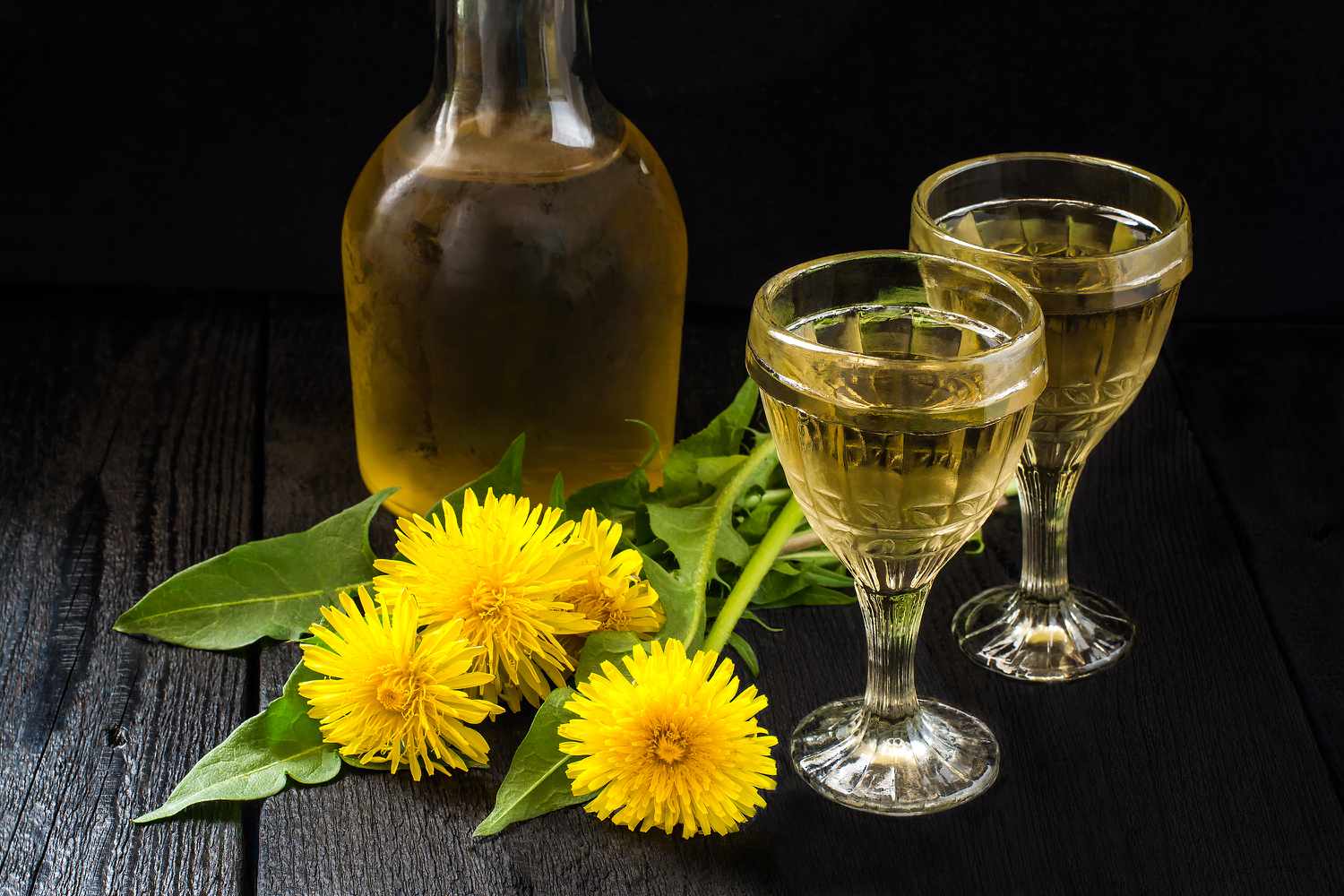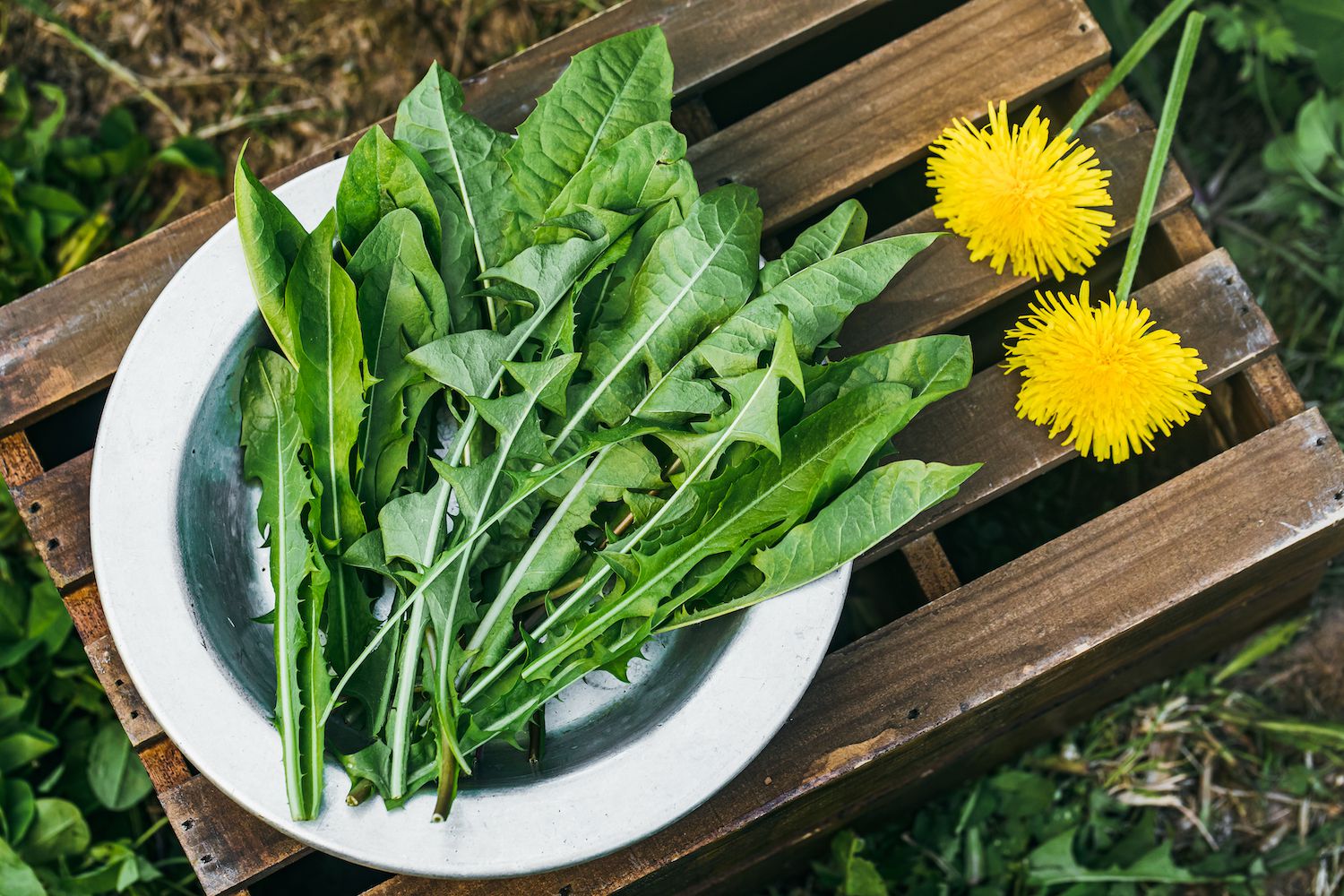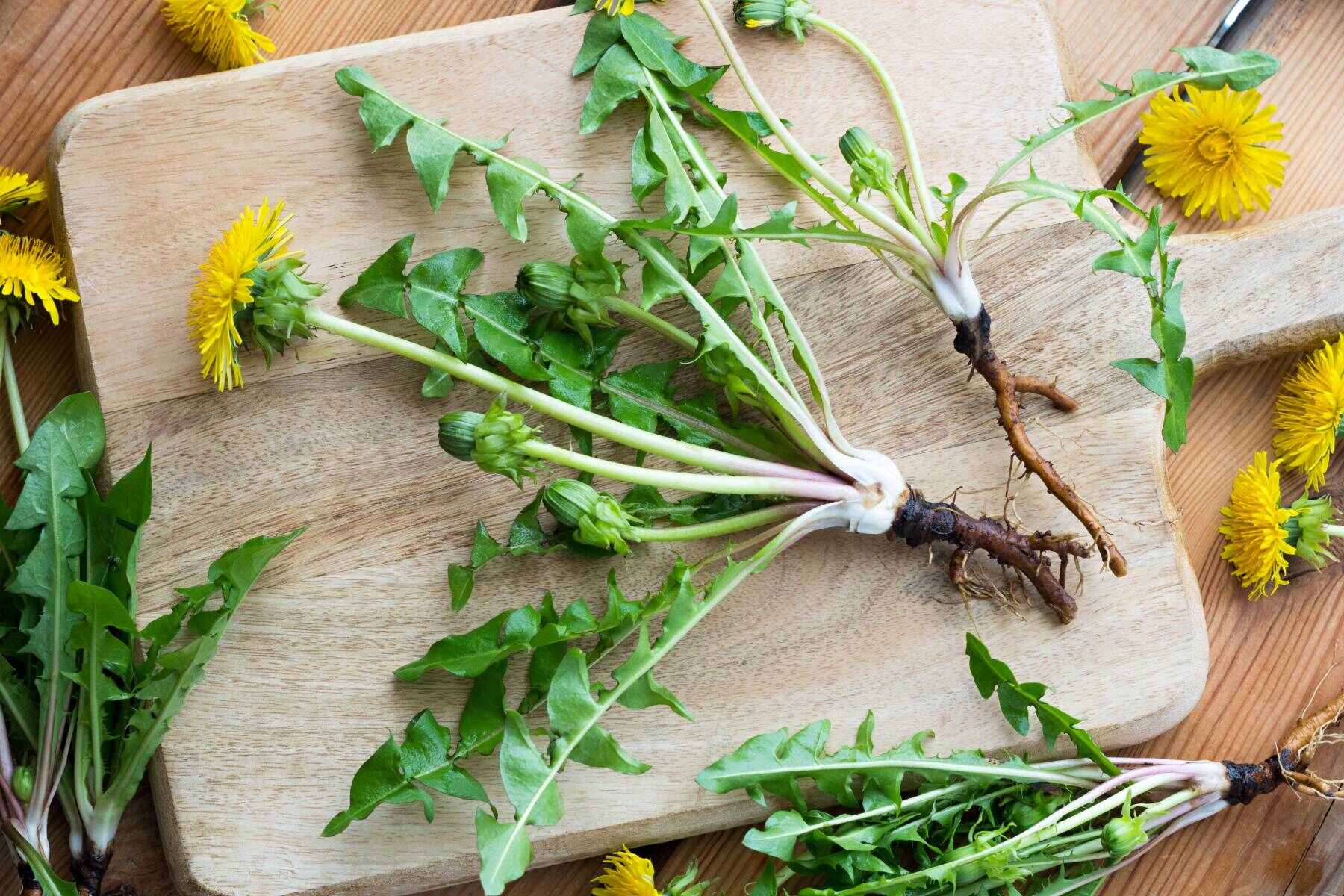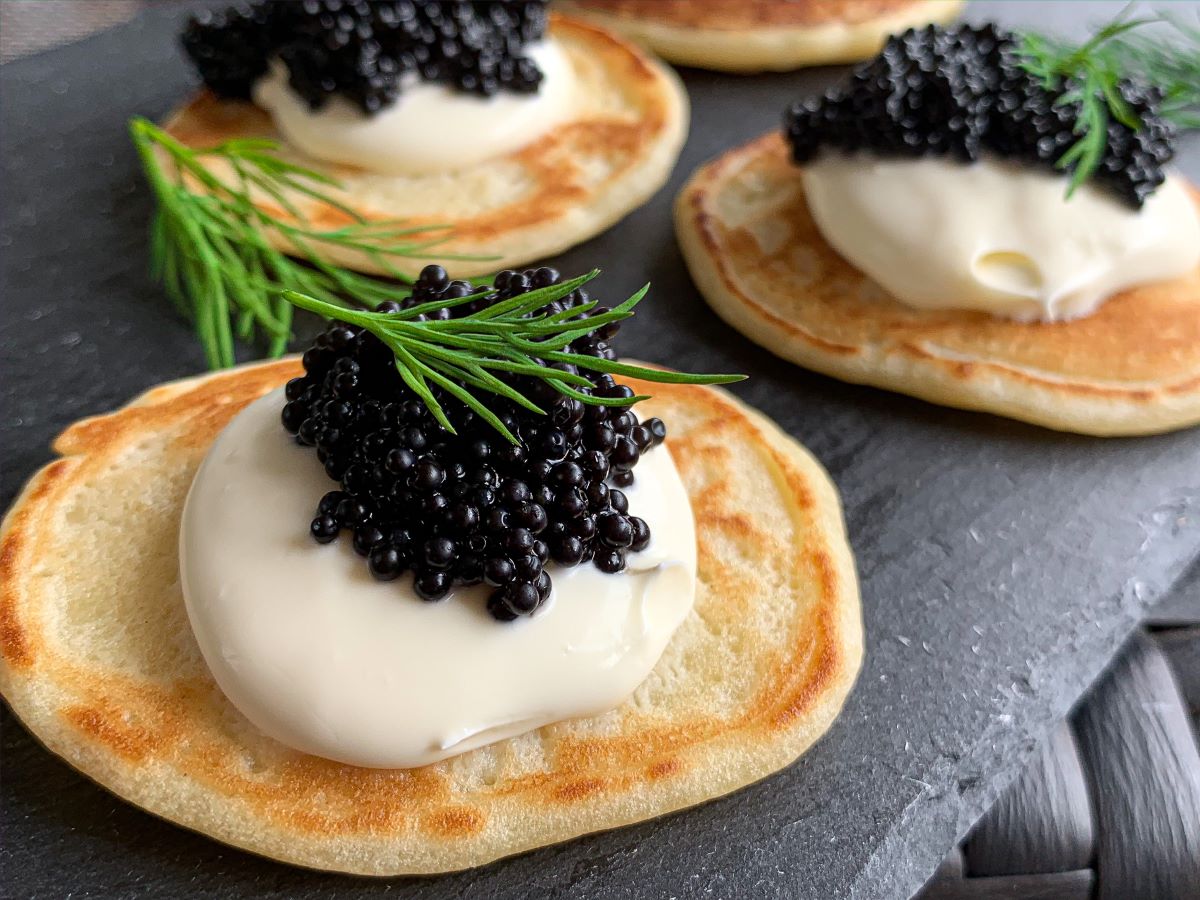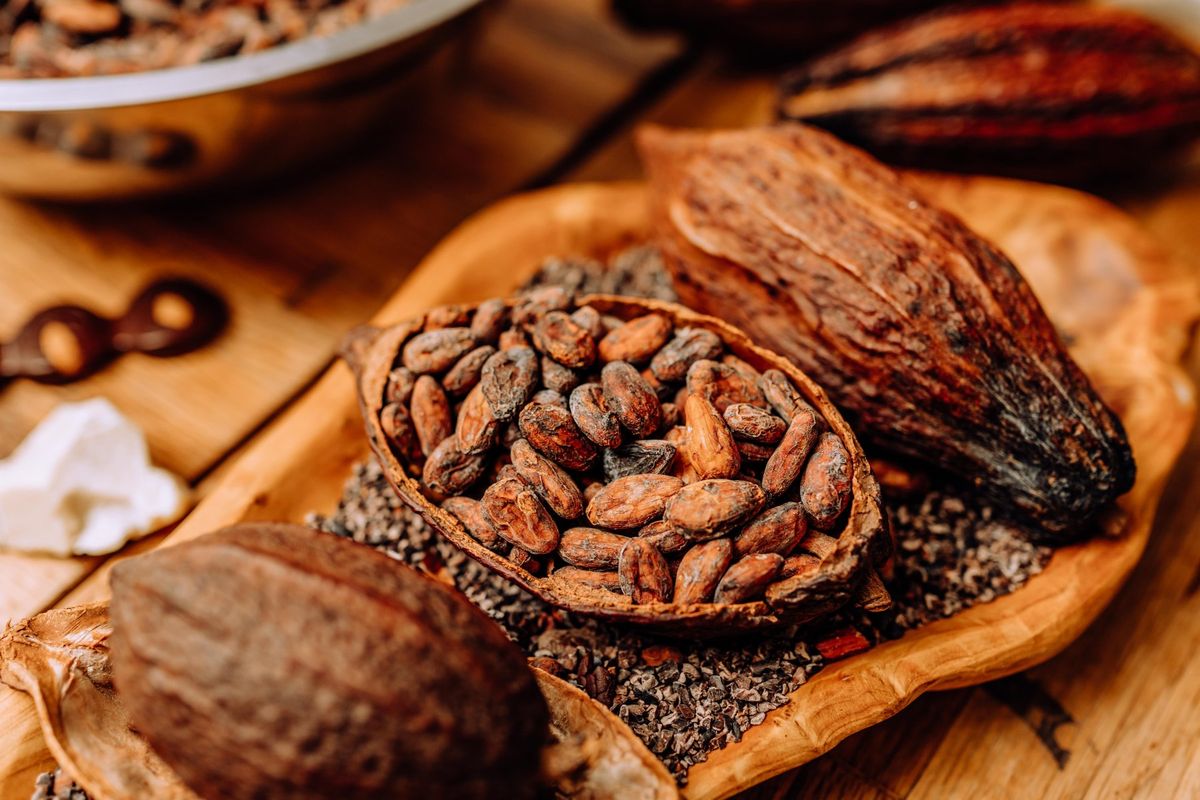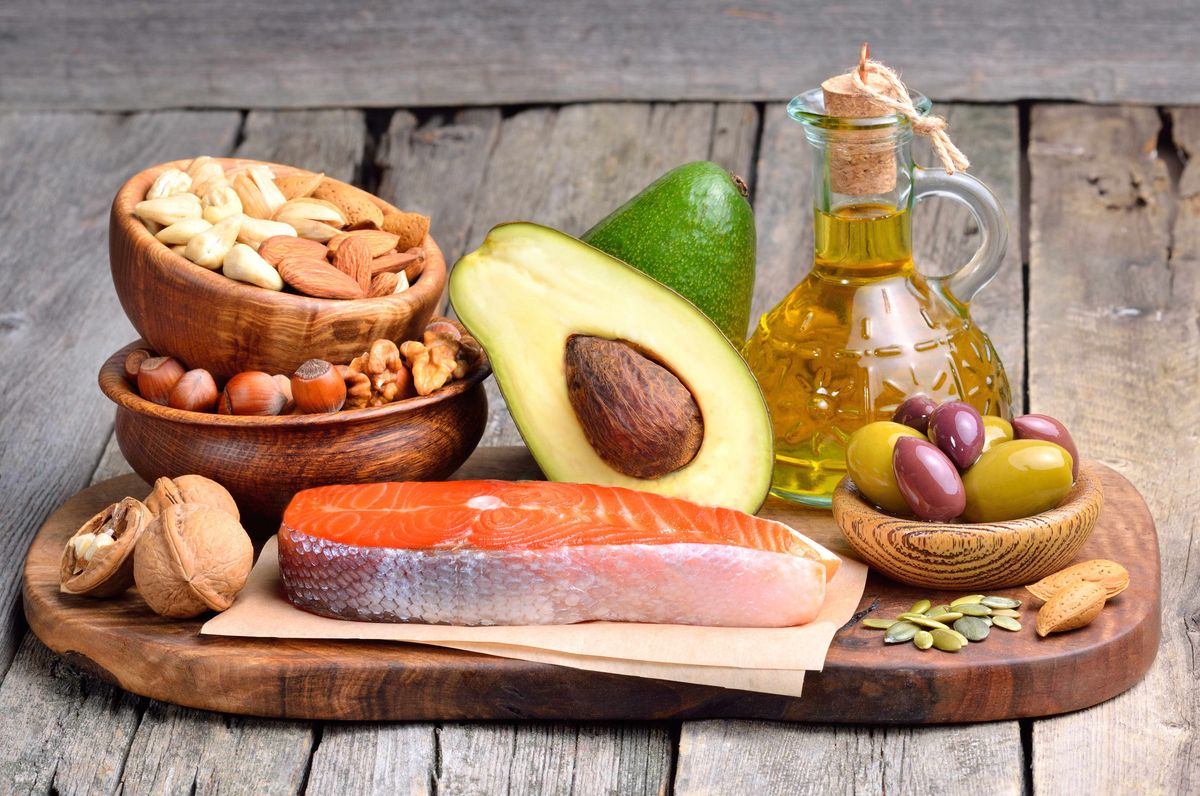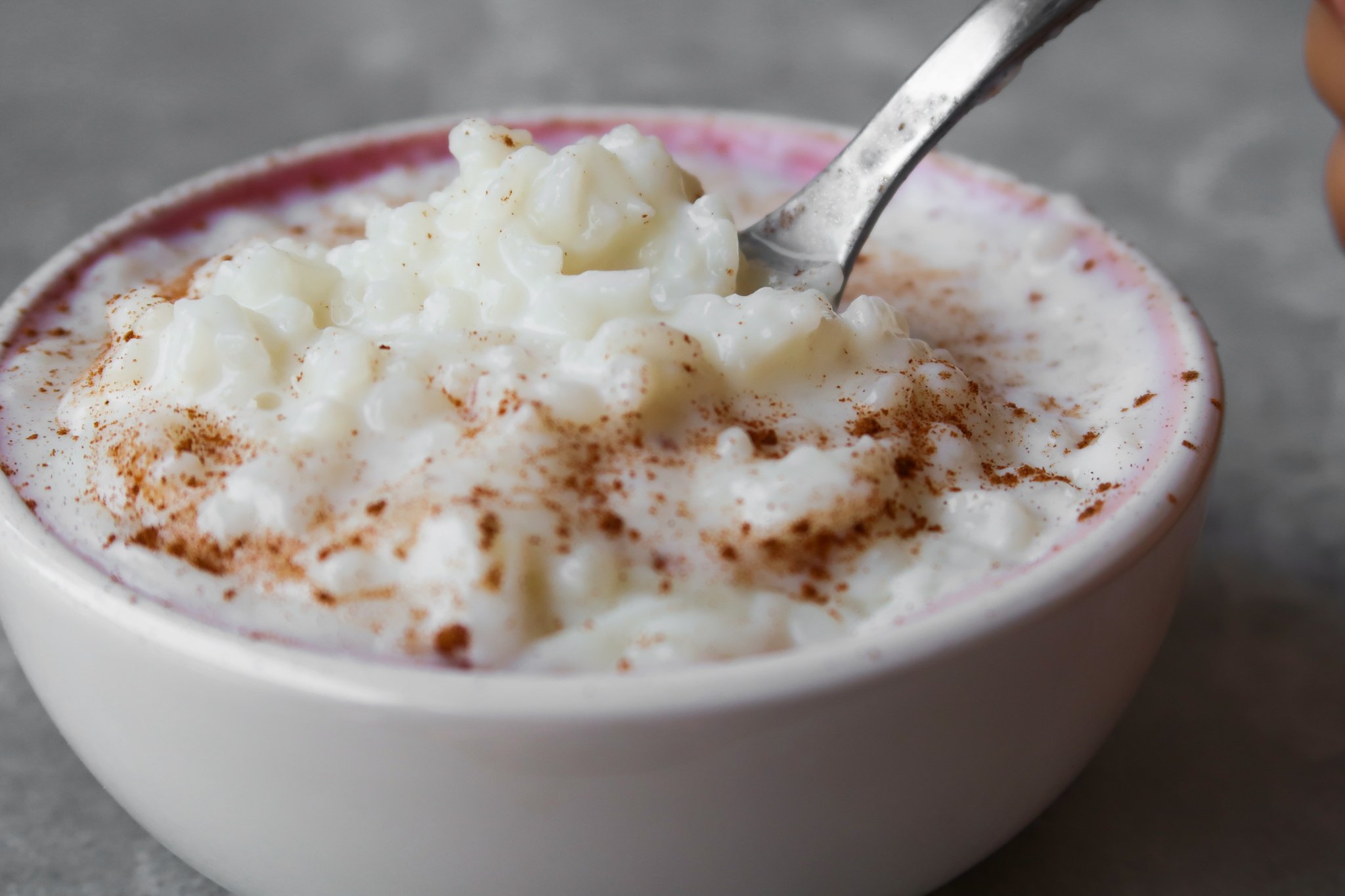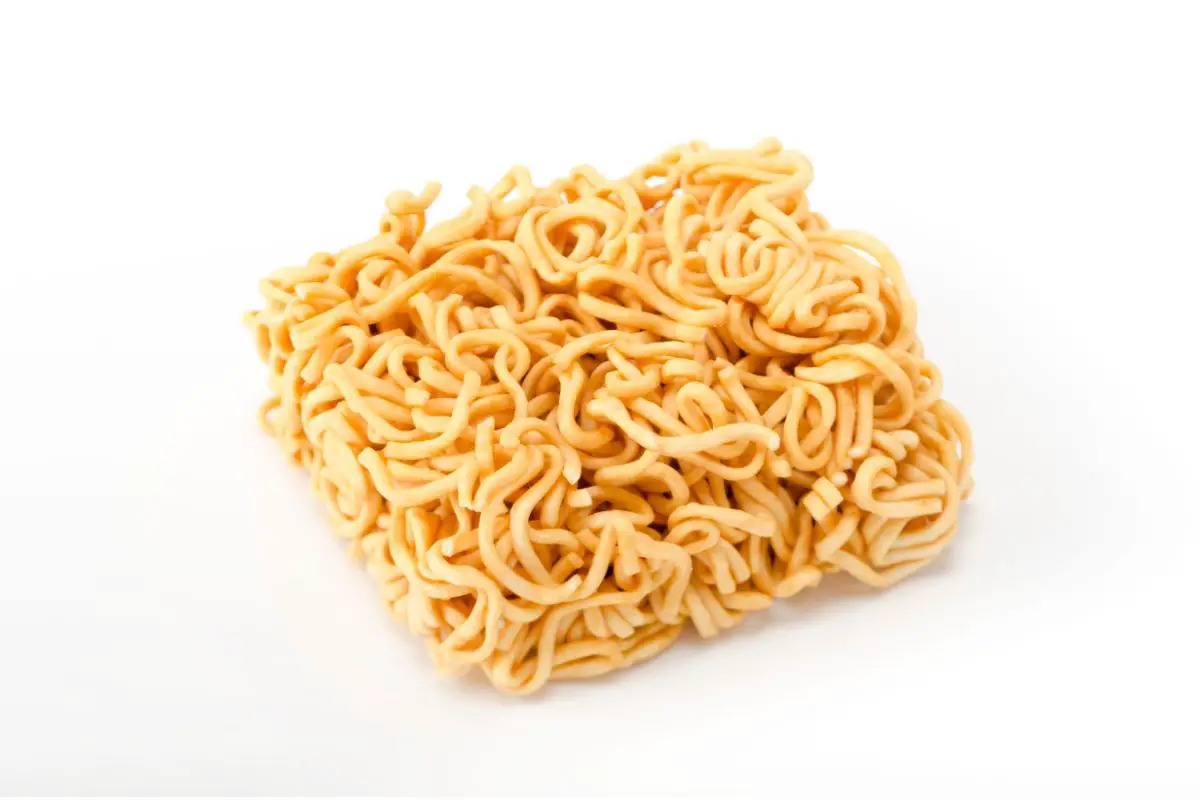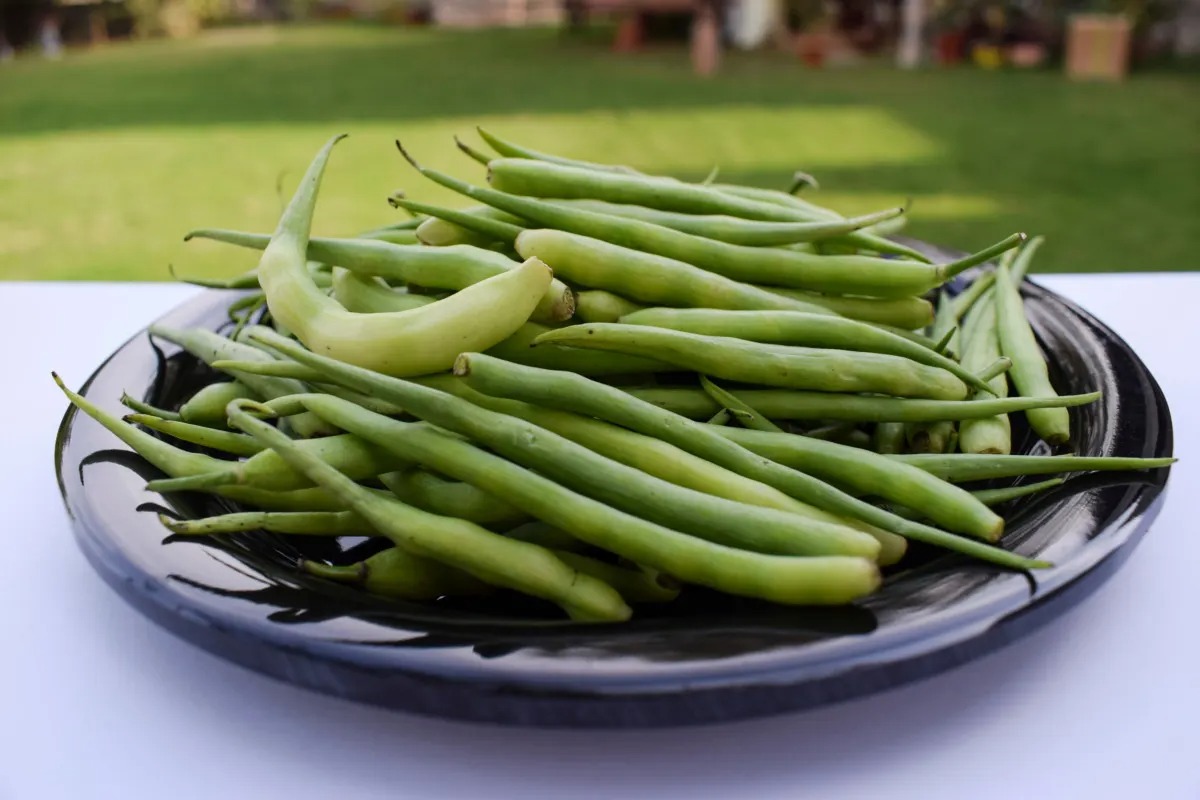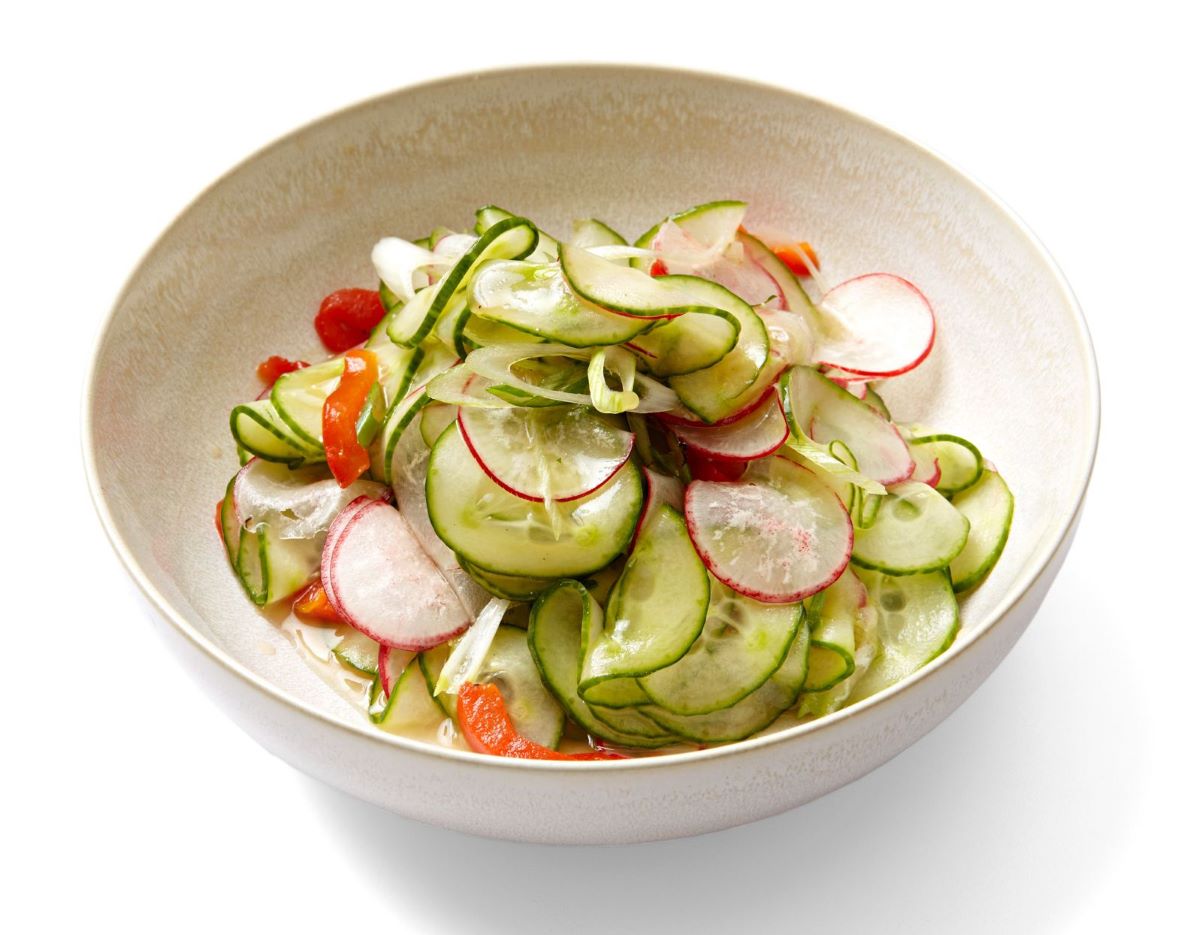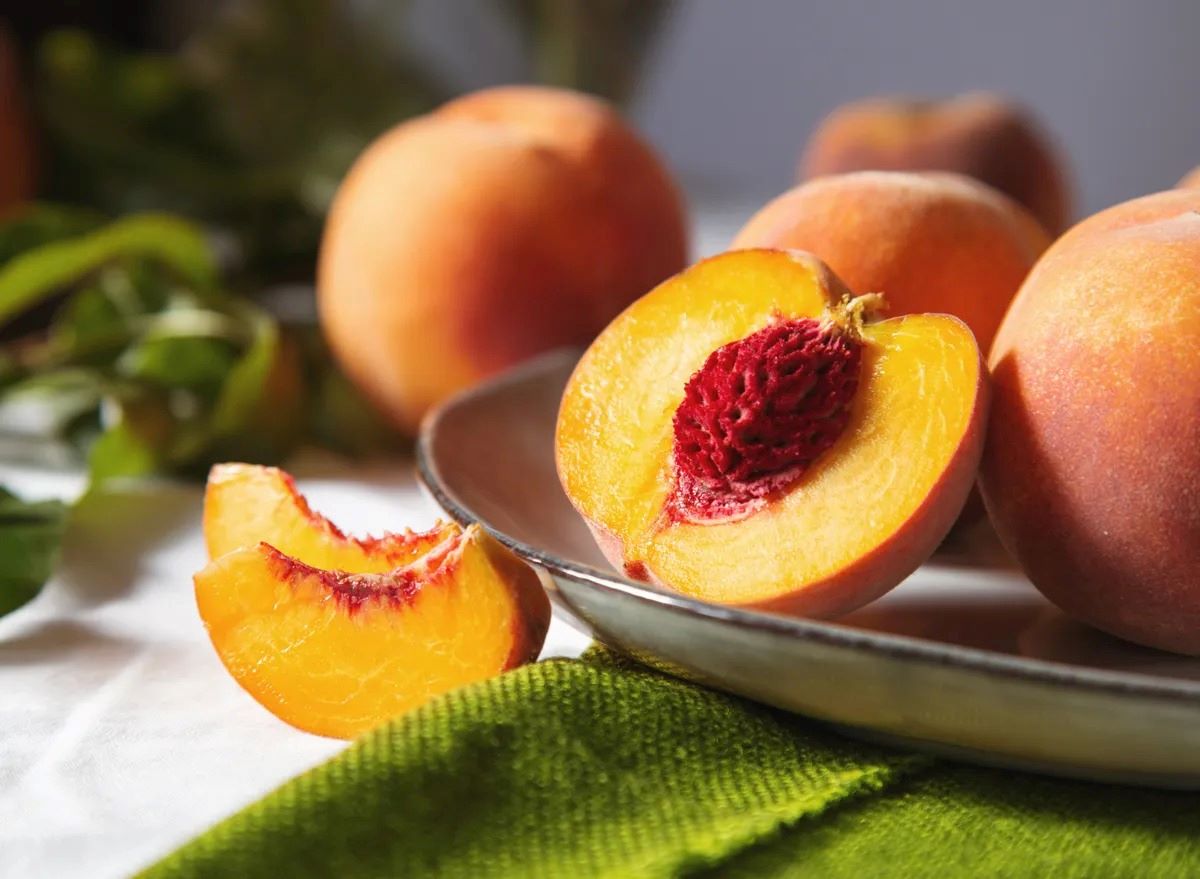Discover the Delightful World of Dandelion Blossoms
When you think of dandelions, you might picture the bright yellow flowers that pop up in your yard. But did you know that these common weeds are not only edible but also packed with nutrients? Dandelion blossoms can be a delightful addition to your culinary repertoire, adding a pop of color and a hint of sweetness to your dishes. In this article, we’ll explore the various ways you can enjoy dandelion blossoms as part of your diet.
Harvesting Dandelion Blossoms
Before you start incorporating dandelion blossoms into your meals, it’s important to know how to harvest them properly. Look for dandelions that are free from pesticides and other chemicals. The best time to harvest dandelion blossoms is in the early morning when the flowers are fully open. Gently pluck the blossoms, making sure to leave behind the bitter green sepals at the base of the flower.
Ways to Enjoy Dandelion Blossoms
Now that you have a fresh batch of dandelion blossoms, it’s time to get creative in the kitchen. Here are some delicious ways to incorporate these vibrant flowers into your meals:
- Sprinkle them on salads: Dandelion blossoms can add a burst of color and a subtle floral flavor to your favorite salads. Simply pluck the petals from the base of the flower and sprinkle them on top of your greens.
- Infuse them into honey: Create a unique and flavorful honey by infusing it with dandelion blossoms. Simply place the blossoms in a jar, cover them with honey, and let the mixture sit for a few weeks to allow the flavors to meld.
- Batter and fry them: Dip dandelion blossoms in a light batter and fry them until crispy for a delightful and unexpected appetizer or snack.
- Brew them into tea: Dandelion blossom tea is not only beautiful to look at but also boasts a range of health benefits. Steep the blossoms in hot water to create a soothing and aromatic tea.
The Nutritional Benefits of Dandelion Blossoms
In addition to their culinary appeal, dandelion blossoms are also packed with nutrients. These vibrant flowers are rich in vitamins A, C, and K, as well as minerals like iron, calcium, and potassium. They also contain powerful antioxidants that can help protect your cells from damage.
Adding dandelion blossoms to your diet can provide a nutritional boost and introduce a new and exciting element to your meals.
Final Thoughts
As you can see, dandelion blossoms are not just pesky weeds – they are versatile, nutritious, and delicious. Whether you sprinkle them on salads, infuse them into honey, or brew them into tea, there are countless ways to enjoy the culinary delights of dandelion blossoms. So, the next time you spot these sunny flowers in your yard, consider harvesting them and incorporating them into your cooking for a delightful and unexpected twist.
With a little creativity and an open mind, you can unlock the potential of dandelion blossoms and elevate your culinary creations.
